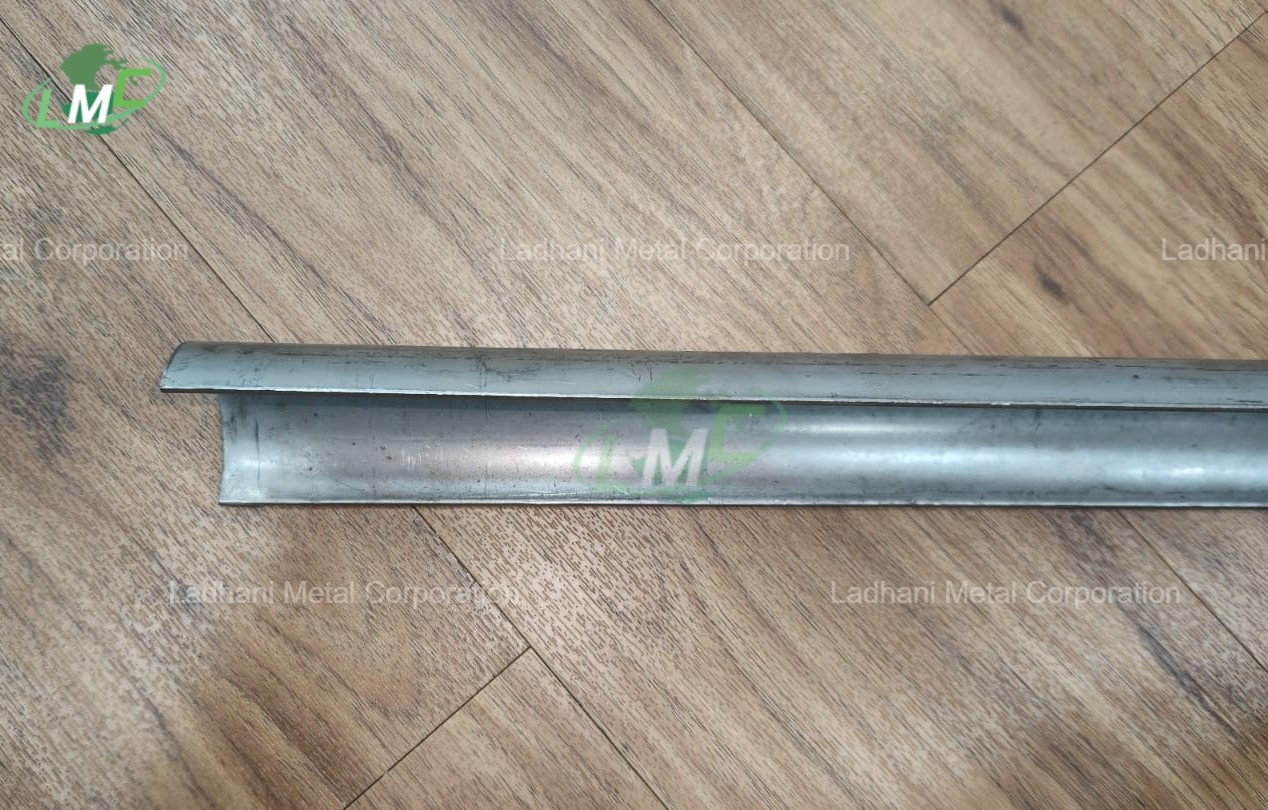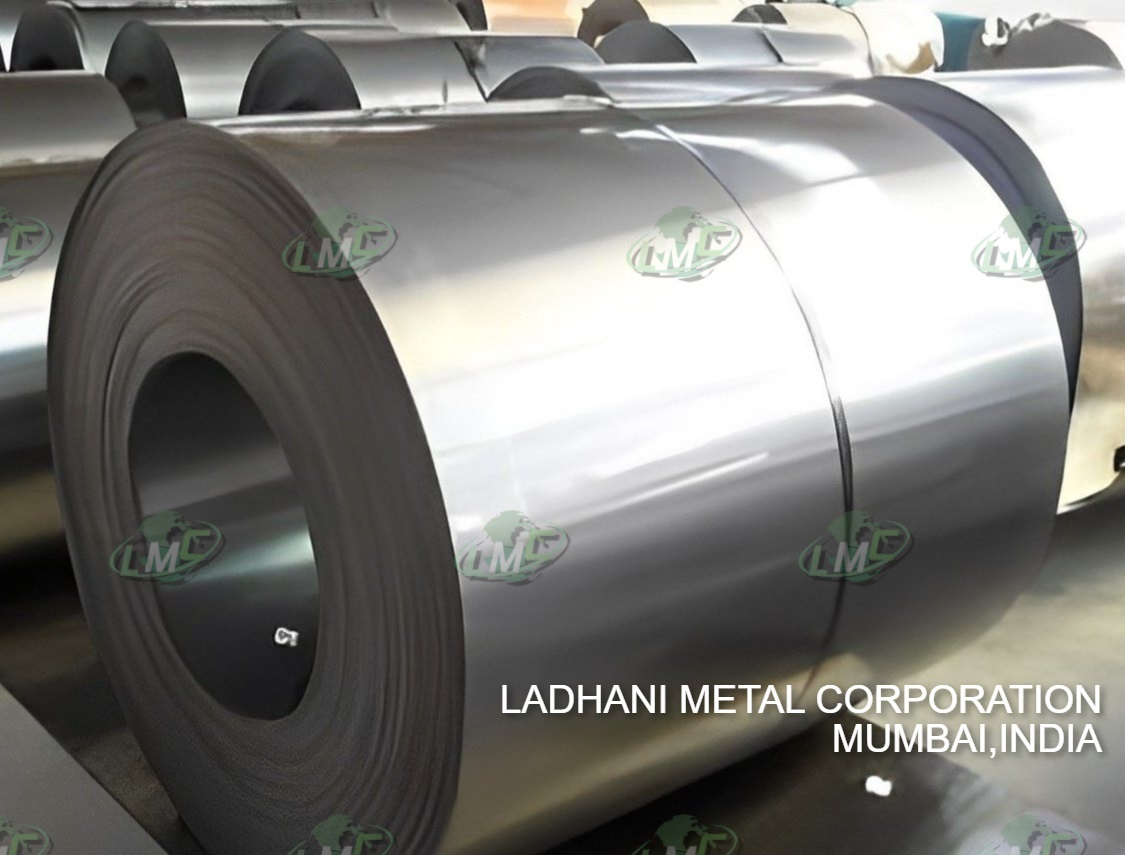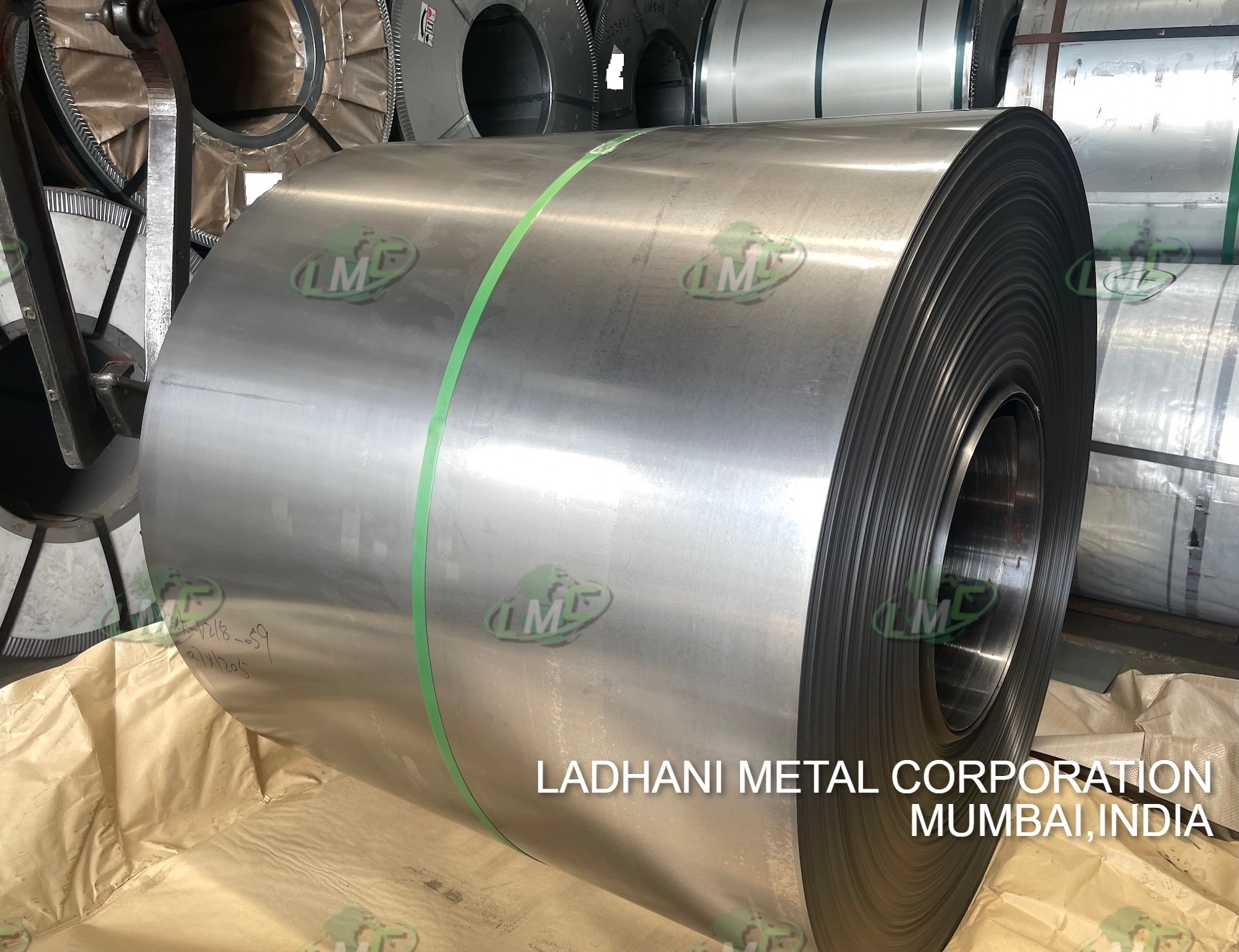"LADHANI METAL CORPORATION is a professional Manufacturer of Stainless Steel Butt Weld , Socket Weld and Threaded Fittin.we have been producing A403/A403M-99a , A774/A774M-98, A182/182M , A182/A182M, A778 - A778-98 Stainless Steel Threaded Pipe Nipple since 1988. We are Manufacturer of Stainless Steel Threaded Pipe Nipple , Our products are manufactured using quality material and go through a rigorous quality check at all stages of production to ensure quality.
LMC has an extensive history of Stainless Steel Threaded Pipe Nipple Manufacturing in india, and Exporting and Trading.We are India Origin Factory of Stainless Steel Threaded Pipe Nipple We at LMC has a wide selection at great prices to help you get creative. All the Stainless Steel Threaded Pipe Nipple are quality guaranteed. If you have any question, please feel free to contact us.
Dimension Spec : ANSI B16.9, B16.28 , MSS SP-43 , SP-79
We Export Quality Fittings to United Arab Emirates,Qatar,Kuwait,Bahrain,Oman,Saudi Arabia,Iran."
Stainless Steel Threaded Pipe Nipple Available In 1.4002, 1.4002, 1.4006, 1.4016, 1.4021, 1.4057, 1.4301, 1.4307, 1.431, 1.4311, 1.4313, 1.4318, 1.4362, 1.4371, 1.4401, 1.4404, 1.4429, 1.4438, 1.4462, 1.4509, 1.4512, 1.4541, 1.455, 1.4571, 1.4828, 1.4833, 1.4845, 201, 202, 301, 304, 309, 310, 316, 317, 321, 347, 405, 409, 410, 420, 430, 431, 436, 439, 2205, 2304, 00Cr17Ni14Mo2, 00Cr18Ti, 00Cr19Ni13Mo3, 08Ch18N10T, 08Ch18N12B, 0Cr13, 0Cr13Al, 0Cr17Ni12Mo2, 0Cr18Ni10Ti, 0Cr18Ni11Nb, 0Cr18Ni12Mo2Ti, 0Cr18Ni9, 0Cr25Ni20, 10Ch17N13M2T, 1Cr12, 1Cr17, 1Cr17Ni2, 1Cr17Ni7, 1Cr23Ni13, 201L, 201LN, 20Ch17N2, 20Ch23N18, 20Ch25N20S2, 301L, 301LN, 304H, 304L, 304LN, 309S, 310S, 316L, 316LN, 316Ti, 317L, 317LN, 410S, 436L, J-201, J-201L, J-201LN, J-202, J-204 Cu, J-2205, J-2304, J-301, J301L, J301LN, J-304, J-304H, J-304L, J-304LN, J-309, J-309S, J-310, J-310S, J-316, J-316L, J-316LN, J-316Ti, J-317, J31727, J-317L, J-317LN, J-31803, J-321, J-347, J-4, J-405, J-409, J-409M, J-409RC, J-410, J-410S, J-415, J-420, J-430, J-430Ti, J-431, J-436, J-436L, J-439, J-441, JBS, JSLAUS (J1), S20100, S20103, S20153, S20200, S20430, S30100, S30103, S30153, S30400, S30403, S30409, S30453, S30900, S30908, S31000, S31008, S31600, S31603, S31635, S31653, S31700, S31703, S31727, S31753, S31803, S32100, S32205, S32304, S34700, S40500, S40900, S41000, S41008, S41500, S42000, S43000, S43035, S43100, S43600, S43932, S43940, SUH310, SUH409, SUS201, SUS202, SUS301, SUS304, SUS304L, SUS304LN, SUS309S, SUS310S, SUS316, SUS316L, SUS316Ti, SUS317L, SUS321, SUS329J3L, SUS347, SUS403, SUS405, SUS410, SUS420JI, SUS430, SUS430LX, SUS436L, X02Cr17Ni12Mo2, X04Cr12, X04Cr17Ni12Mo2, X04Cr17Ni12Mo2Ti, X04Cr18Ni10Nb, X04Cr18Ni10Ti, X04Cr19Ni9, X07Cr17, X10Cr17Mn6Ni4N20, X10Cr17Ni7, X10Cr18Mn9Ni5, X12Cr12, X12Cr13, X12CrMnNiN17-7-5, X12CrMnNiN18-9-5, X12CrNi17-7, X12CrNi25-21, X15Cr24Ni13, X15CrNiSi25-20, X17CrNi15-2, X20Cr13, X20Cr13, X20Cr25Ni20, X2CrMnNiN17-7-5, X2CrN N 23-4, X2CrNi18-9, X2CrNiMo17-13-2, X2CrNiMo18154, X2CrNiMoN 22-5-3, X2CrNiMoN17-11-2 SUS316LN, X2CrNiN18-10, X2CrNiN18-7, X2CrTi12, X2CrTiNb18, X3CrNiMo13-4, X3CrTi17, X3CrTi17, X5CrNi18-10, X5CrNiMo17-12-2, X6Cr-13, X6Cr17, X6CrAl13, X6CrNiMoTi17-12-2, X6CrNiNb18-10, X6CrNiTi18-10
Send
Message









